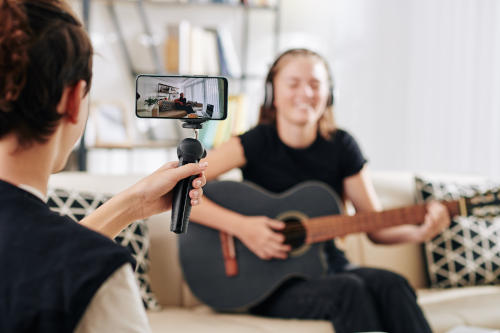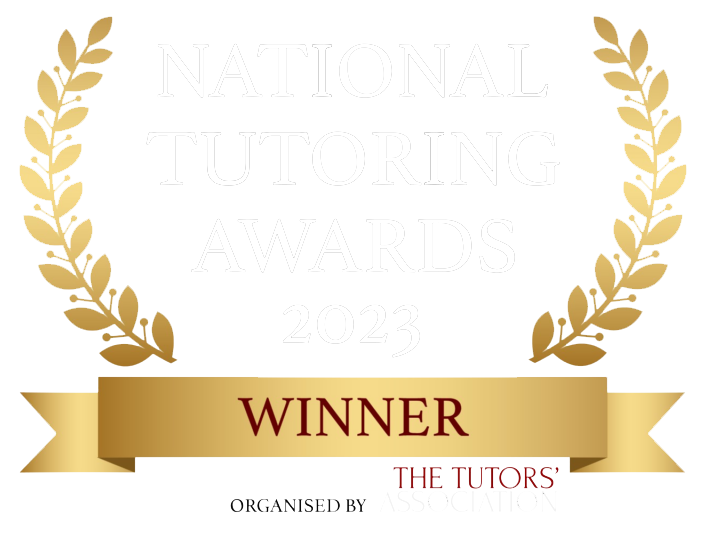As we’re often told, many autistic youngsters are welded to their computers and tablets. Playing games, looking at websites, or scrolling through social media channels can be calming for kids who enjoy the repetition and comfort of clicking on a button and getting a predicted result.
But more than this, digital technology can also appeal to a child’s creative side. Watching YouTube videos is a particular favourite with some young people, and it may inspire creativity and innovation.
Simple Digital Skills are Easy to Access

Frazer Merrick is Digital Producer with Signals, an Essex-based educational charity that runs courses for young people in creative film, media production and digital art. A number of their courses are aimed specifically at children with autism.
He points out that making films and animations allows autistic kids to bring their ideas to life. “A lot of our students have vivid imaginations,” he explains. “Digital technology is a simple way of getting something out of their mind’s eye and into the ‘real’ world. Making a stop motion film, for example (a technique where you create a moving image by photographing objects, shifting them a very small amount between each, individual picture) is a very structured process. At the same time, it’s easy to grasp, regardless of your ability so the barrier to entry is very low.”
Signals also offer workshops in other disciplines such as video game-making, 3-D modelling, and animation techniques such as hand-drawn images or painting on glass. “We don’t rule anything out!” Frazer laughs. “Whatever we do, we’re focusing on communication and building a rapport with the students.”
Using Digital Skills to Tell a Story

The story, he emphasises, is always the most important aspect of creating a video or animation. They use story-generating cards and dice to prompt some kids if needed and for those that have too many ideas, the team helps them focus by saying, ‘tell me a story that’s going to make me laugh’ or ‘tell me a story that’s going to frighten me’.
Frazer himself studied music production at university – creating a piano from bananas was one project – and is passionate about making the arts accessible to all young people. “Collaboration can be tricky for some autistic students but if you get one of them, say, operating the camera and someone else in charge of the sound, they are working together without realising it!”
YouTube and Special Interests

He speculates that YouTube is popular with young people with autism because it allows them to easily find content that focuses on their niche interests – whatever they may be. In addition, many autistic people upload their own videos on what it’s like to live with the condition. “We live in a world where lots of people are sharing personal information online,” he suggests. “I guess some autistic people want to be a YouTuber just like anyone else.”
When it comes to kids, Frazer points out, there is a need to explain to them what is wise or unwise to share online. Ideally, a young YouTuber would have people in the ‘real’ world who support and care for them. “Your support shouldn’t come from your fans as that’s an imbalance of power.”
YouTube Spreads Understanding

On the National Autistic Society’s website, autistic YouTuber – Dan Jones, explains that he makes videos, “to break perceptions about autism, and talk about autism from an autistic perspective.
“When I started my channel back in 2013, there weren’t many autistic people online creating autism-focused content, but since then it has grown into a thriving, amazing community. It has opened up a dialogue between autistic people and non-autistic individuals and now there are people who understand more about autism because they had a spare five minutes to check out a video, rather than attend a session or open day.”
He suggests that anyone who has just received an autism diagnosis should join online groups for support and to increase self-understanding.




